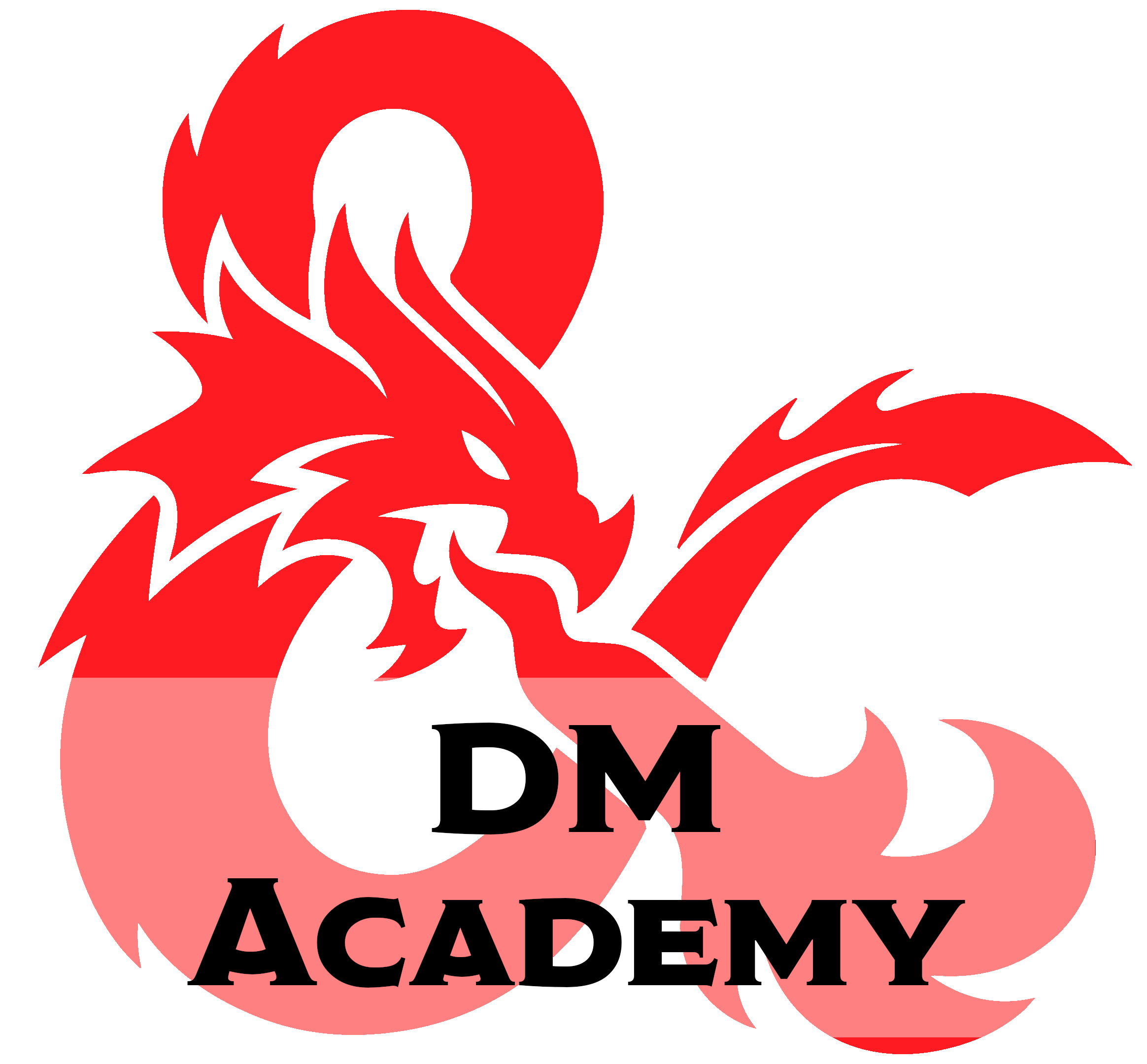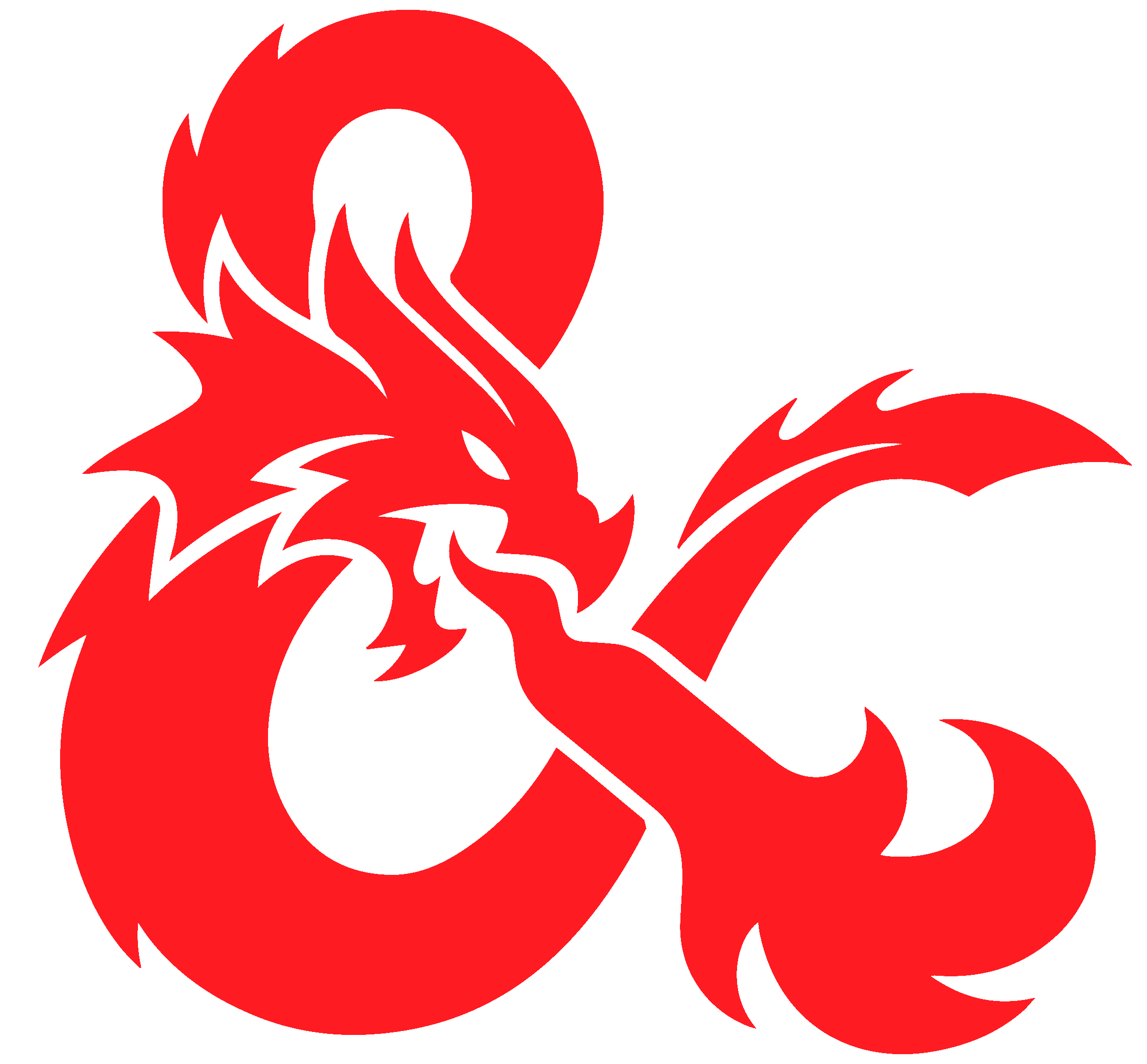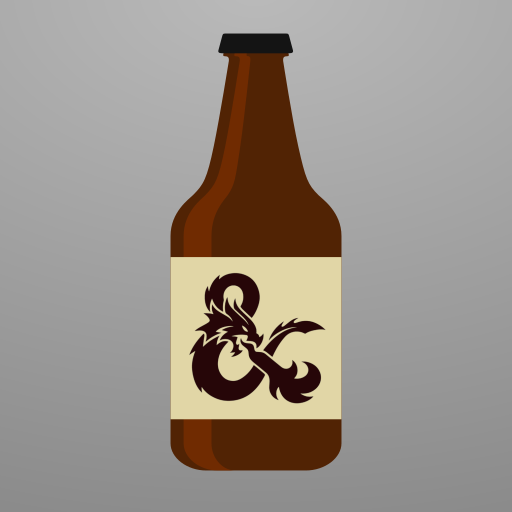It’s favored by people over 60 and those who have parents that use it constantly, basically.
- 0 Posts
- 37 Comments
Norway as well. 90+9 is the official way, 9+90 is the way from when the Germans occupied the country. Both are still used. The map also says Georgia and Finland also use two variations.
Surprisingly, I think I disagree with most of what you’ve said in this comment.
While I understand that it can be discouraging for a creator to have the species and cultures that they have worked on not really be explored by the majority of players I don’t think it is an issue most of the time.
It also seems a bit odd to me to lump elf, half-elf, and presumably also dwarves in with humans, given that they usually make for the hard core of fantasy races. If those aren’t considered distinct then I’d wager that maybe the issue isn’t that they are less distinct and cool compared to other races but something else. Either that races that are seen as “distinct” actually lean into some sort of “gimmick”, or that people simply pick what they think looks good, and they aren’t into how Gith look, for example.
While I know there is a large group of people playing Human mainly, I feel like that reflects the fantasy that is being set up by most games that I have engaged with. Humans are the “standard” and other races are exotic, deeply different, and usually rare. At least that’s what seems to me like the most common fantasy setting type (and also my preference). That’s why I don’t mind when the majority plays humans, as that does reflect the story of the game. It seems more odd to me when the party strolls into town and they have a tiefling, drow, aasimar, and lizardfolk. When all those races are stated to be unique, strange, and alien to most people and those players don’t really get a chance to shine with their “weirdness” in the party because there is no baseline that they can compare themselves against. After all: when everyone is super, nobody is.
The only time I can recall this creating a ludo-narrative dissonance is in Guild Wars 2, where humanity is supposed to be a dying (alien) race with few members left. By all accounts the people of the land should be a majority of charr (cat-people, basically). But of course, the “human female meta” as it is called (meaning people playing conventionally attractive human, female characters with “the sexy outfit”) is greater, and as it turns out most people are playing humans. The result being that what you see when walking around is mostly humans when it “should” be mostly charr. A lot of people just play characters they think “look good”.
As for why people are playing humans. I think there is a reason that you haven’t touched on. I, for example, will play a human for almost every one of my characters unless I have a good reason not to. This is because I base my characters around a theme or a story and I want the focus on the character to be on that theme or story, and not on their species.
I also don’t think designers make humans boring or bad on purpose to discourage players from playing them. They could just not include humans if that is what they wanted (Plenty of good examples of this. Mousegard and Humblewood for RPGs. Deep Rock Galactic, Dwarf Fortress and a ton others for video games). I think most often it comes down to people not knowing what to do with humans. Most fantasy races tend to be “human but x”, so when you are making a human you don’t really have anything “but”, meaning that you usually end up is a situation of “humans, well, we all know what a human is, don’t we? I can’t see anything special about humans that one of these other races don’t embody in a greater capacity.”. (Side note: I like how GW2 handled this. The 5 races have fairly good and distinct themes. Charr are militaristic, Asura are obsessed with knowledge, Sylvari are young and still figuring out the world, Norn are shapeshifting and spiritualistic, and Humans are devoted to their gods who brought them to this world.)

 4·3 months ago
4·3 months agoI don’t think giving them a feature that says “Multiattack: Master Thief makes 3 attacks. Alternatively it can replace any number of those attacks with Cunning Action or Special Action.” comes too long or cumbersome. Assuming I understood you right and that is what you are looking to do.
Legendary Actions, as has already been suggested is also a good call.
Or you can just give them 3 actions, that works. Because you are the DM you just have to notice and make a call when an unintended interaction comes up and avoid abusing it. Only thing I can think of is abilities where “as an action” is supposed to translate to “as their turn”. Things like breaking out of an Entangle spell. You should probably avoid just doing that multiple times to not make the person who cast the spell feel like it was useless due to this unconventional situation.
Looks good! The only point of critique (other than features in 5e not usually interacting with the inspiration mechanic, but that seems to be changing for 5.5e) is that Inspiring Leader is already the name of a feat, and Commanding Presence is the name of a Battlemaster Manoeuvre (which can be gained through a fighting style or a feat). This could cause a character to have two features with the same name on their sheet, particularly because those abilities play to the same theme (charismatic leader). I don’t know what I would change the names to, though.
I mean, in Norway we have the Pirate Party (that’s their official name) and they seem like an alright bunch. It’s a political party trying to champion online privacy.
As far as I’ve gathered Valve “accidentally” created the elf tag instead when the dwarf tag campaign happened. When someone noticed they went “oh, whoopsie, hehe” and added the dwarf tag too. So elf should also be a tag now.

 3·4 months ago
3·4 months agoIn Norway I’ve only seen eggs sold in packs of 6, 12, 18, or 24. As far as I can remember, anyway.
Also Aid Worker Sya from Guild Wars 2. Minor character, but still.
“Jake likes onions”. Seems like the newer ones are signed with “Thompson” as well.
 5·4 months ago
5·4 months agoI was going to say that if Norway’s isn’t aquavit (akevitt) then it’s not right. But I’m pleased to see that it’s right there (had to check the link; it was hard to tell from just the picture). It might not be the most commonly drunk spirit, but it is definitely the most Norwegian.

 4·6 months ago
4·6 months agoSounds similar to the system they use in WFRP 4e. Also a system that is very elegant and far better than the system used in DnD 5e. Similarly to PF2e (as far as I gather with a brief search) items are assigned a value between 1-3 and players usually have a carry value of around 6 to begin. Any item that is worn gets -1 and items in backpacks/containers do not count towards the limit (but they have weight/bulk/encumbrance points themselves).

 16·6 months ago
16·6 months agoMeanwhile my fighter has 18 strength and is encumbered by the items he got from character creation… I don’t think 5e did a very good job with encumbrance. There is a reason most people ignore it.

 3·6 months ago
3·6 months agoOver here in Norway it seems like Fairytale of New York is played on the radio almost every day of December and surprisingly often otherwise.
Command has a range of 60 ft. If it was 5 ft. the approach command would be pretty useless.

 5·7 months ago
5·7 months agoFellow Norwegian here. Seems like you’ve encountered a classic “sær skrivingsfeil”. (For non-norwegians: The type of mistake described in the main post is called “særskrivingfeil”, “sær skrivingsfeil” means “odd/weird writing error” and is itself a mistake of the “særskrivingsfeil” type.)
Personally I would probably answer the sj/kj issue, but I saw that you’ve mentioned it in a comment, and after thinking a little about it there is a bigger issue I have: People don’t love the langauge. What I mean is that Norwegian is a beautiful language with many amazing words, but because people don’t love it there is a perception that the langauge is “limited” or “boring”. I’d love to read books in Norwegian, but the fact is that most authours/translators I’ve come across aren’t very good at Norwegian, and it makes the book worse to read. Part of this issue is with machine translation. I was talking to a family member about this, and he mentioned that he had noticed a trend in the Donald Duck comics (which are/were hugely popular in Norway) from when he was young, and the lead translator of the comics was a teacher of Norwegian who loved the language, and the newer ones, after machine translation has taken over, and the difference was night and day. However, just to not be entierly negative I’ll give you an example of someone who did this well: the people who translated the Spook’s series (Den Siste Lærling) did a stellar job in my estimation with giving the names of things good Norwegian names and generally translating it well.
English, on the other hand, I feel like has not suffered as much from this, because they have benefited greatly from prominent writers who loved the language. I’m talking particularly within the sphere of fantasy, as that is where I am most familiar, where people like Tolkien and Gary Gygax are both extremely prominent writers who loved English and would use all those words that would (I think) have fallen out of the language if they hadn’t put them in the public eye. I also think that while others who aren’t as invested in the language would go on and write later, they would borrow some of the style from these earlier writers, because that’s what the genre “sounds like”. I think Norway needs a movement like this. People who dig up obscure Norwegian words that they can use as lables for things, and by doing that thrusts those words into the minds of readers, who will look up the definitions of those words and have richer lexicons as a result.

 1·7 months ago
1·7 months agoAnother Norwegian here. The sidene between the two is that words have stress, and compound words thus (generally) only has one (primary) stress. So “prinsesse pult” has stress on both words while “prinsessepult” only had one stress. (Also, in my dialect “pult” meaning desk is pronounced /p
ult/ while “pult” meaning fuck is pronounced /pu:T/ (capital T standing in for retrofleks t in this case) so pronounced that way “prinsessepult” becomes “fucked like a princess”)

 1·7 months ago
1·7 months agoHaste already says you can’t use the action it grants to cast a spell. If quickened spell had a similar thing (“If you quicken a spell you can’t casts another leveled spell on the same turn.” or something) it definitely wouldn’t be an issue.

 1·7 months ago
1·7 months agoAh, yes, sorry. I mixed up my terminology a bit there, good catch. Every instance of “round” in my comment was supposed to be “turn”. I’ll edit it. But yes, sneak attack is also once per turn, and not round, which is very odd. It honestly seems like an oversight that just happily caused the balance for the rogue to catch up a bit. Rogue doesn’t really have any ways to consistently trigger it, and while it seems like it might be a case of “extra attacks should get the same effects as regular attacks” (if that makes sense to you) then it is extremely odd that the Barbarian’s advantage from Reckless Attack doesn’t last for the round, only for your own turn. So AoOs don’t have the advantage.




OP is talking about Fahrenheit, but didn’t say so for whatever reason. Most ovens I’ve seen also max out around 275 Celcius.